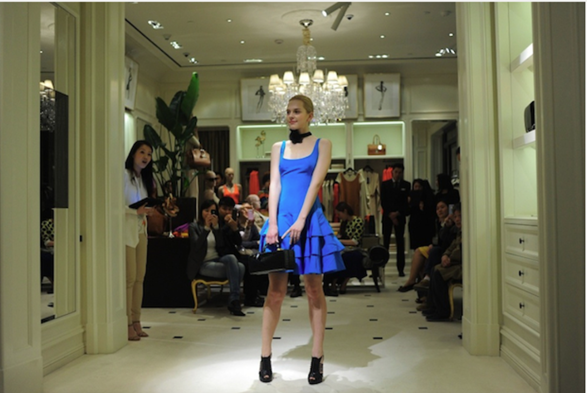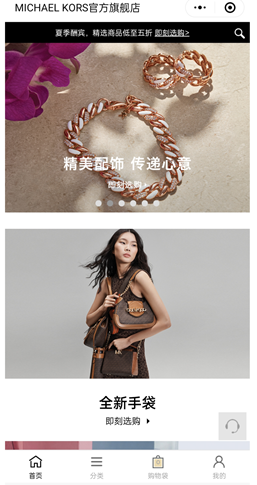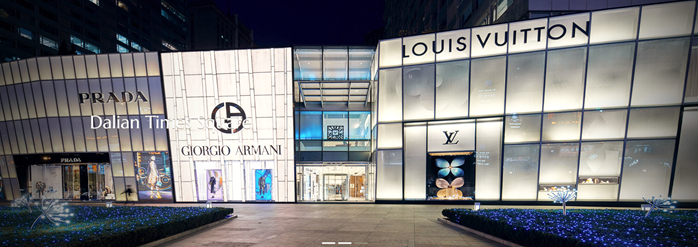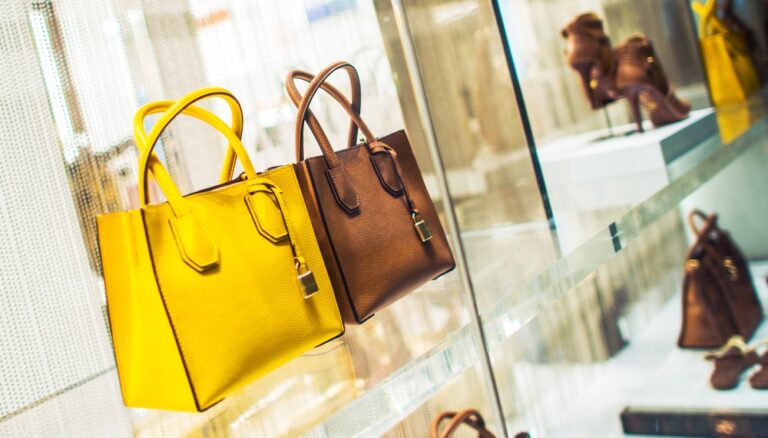The Chinese luxury market is a major source of revenue for many global brands and will become the largest in the world. However, Chinese luxury consumer demographics is changing. While it remains obvious for luxury brands to primarily target tier 1 cities in China first, there is much opportunity for growth and expansion in lower tier cities. The potential market is relatively big in such regions: 45% of middle-class consumers from tier 2 and tier 3 cities have an interest in purchasing luxury products, compared with just 37% from tier 1 cities. Furthermore, an additional 500 new malls in lower tier cities will be built within the next four years, with retail integrating technology to harmonize both offline and online retail experiences.
The profile of tier 2 and 3 luxury consumers
The majority of online luxury goods consumption in lower tier cities are purchased by Chinese male consumers under 30. Lower tier luxury consumers tend to spend more on men’s clothing, men’s shoes, beauty and skincare. Hence, skincare, cosmetics, and sports products will be a crucial growth focus for capturing tier 2 and 3 luxury consumers. In addition to being less expensive and easily accessible, such goods will be the breakthrough point for brands to connect to more consumer groups in lower tier cities. Meanwhile, luxury sports products have much market potential to ride on the current new fitness trend in China and target more male consumers.
Aside from different preference type for luxury goods, tier 2 and 3 luxury consumers also have different motivations driving their purchases compared to their tier 1 city counterpart. While tier 1 city consumers in general purchase luxury goods to distinguish themselves, lower tiers favour functional products. Product performance and quality are key factors for lower tier purchasing decisions; tier 2 and tier 3 luxury consumers tend to favour luxury goods which demonstrate higher quality in material and craftsmanship. They also gravitate to products of good durability and reliability.
Tier 2 and tier 3 may have their purchasing differences from tier 1, but they also have their similarities. Overall luxury consumer trends in China this year have not escaped the notice of lower tier cities. Partly fuelled by the global Covid-19 pandemic, these include a matured taste for inconspicuous luxury, online purchasing, and demand for sustainability.
Refined and discreet luxury are in
Brand saturation is an issue in China and thus many young Chinese luxury consumers seek subtle, refined, unique and exclusive products which are free from logos. Such consumers are those who desire to join in a society that can wisely identify such products. This new discreet luxury trend has become a priority post-pandemic: preference for a less visible, inconspicuous luxury has risen in a world where millions are still struggling to survive on the daily.
In addition to more quiet designs for luxury goods, covert luxury experiences and clandestine concierge apps are also in demand. As a result, luxury brands such as Hermes and Goyard, both renowned for their exclusiveness and elusiveness, are in fashion. The desire of privacy and discretion when it comes to luxury purchases had boosted online sales too, as a result, the super-rich in China are spending online like never before.

WeChat e-commerce as the number one platform for luxury brands
Because luxury consumers tend to want to see and feel products in person before buying, e-commerce rate is relatively low for luxury goods in China. It is estimated by McKinsey that only 18% of luxury goods will be purchased online by 2025. Of the various e-commerce platforms offered, WeChat remains a strong choice for both local and foreign brands to consider in their marketing strategy. The social media giant has over 1.2 billion monthly active users and is China’s most influential social networking tool. In a 2015 campaign, Michael Kors utilised WeChat to receive “digital receipts, which they can present in a store to receive personalised advice. VIP clients can even book in-store styling appointments at boutiques in Shanghai and Chengdu.”

In fact, 92% of global luxury brands have a WeChat account. The ability to connect with many Chinese consumers and utilize platform tools such as its built-in payment system and mini programs make for an attractive strategy to many luxury brands. Leading brands such as YSL, Dior, and Sephora are already directly selling their products via WeChat mini programs, since they provide both the freedom and independence of an ordinary brand website in addition to the massive user base access.
Integrating sustainability and social responsibility into the brand ethos
The global trend for fashion sustainability and social responsibility continues to grow and China is no exception to it. Chinese consumers tend to be sensitive to problems like elephant poaching. The Economist found that, “despite strong demand for ivory among China’s rising middle class, attitudes may gradually be changing.” With 74% of Chinese consumers admitting to green guilt as comparing to 53% of Americans, demand for a brand to be socially responsible is much higher in China comparing to the US.
According to the Vogue Business Index, Chinese luxury consumer views on sustainability have changed from “nice to have” to “important but not mandatory”. However, Chinese sustainability priorities are different from Western outlooks. Issues such as water and air pollution and toxic materials are all matters which hit home more to the Chinese than other environmental problems such as deforestation, which may be more removed from daily reality. As such, luxury brands would bear themselves in better PR standing through targeted sustainability plans dealing with specific Chinese environmental problems.

Five key takeaways for luxury brands entering the Chinese market
- Tier 2 and 3 cities are rising in Chinese luxury consumer demographics and should not be ignored by luxury brands.
- Tier 2 and 3 city luxury consumers prefer higher functionality and quality in their purchases.
- Discreet luxury is on the rise and luxury brands should offer both more subtle designs and refined experiences to suit the more sophisticated tastes of consumers.
- Adopting a sustainability plan tackling environmental concerns specific to China will have better impact with Chinese luxury consumers.
- Online retail for luxury goods is rising and WeChat e-commerce is a powerful tool to engage with high-end consumers via its many functionalities such as mini programs.





